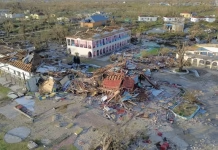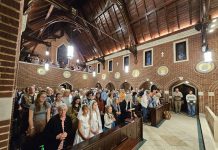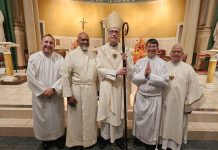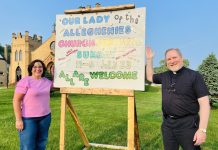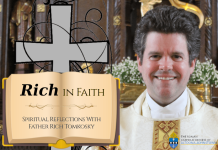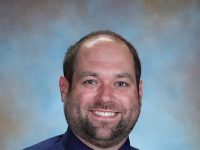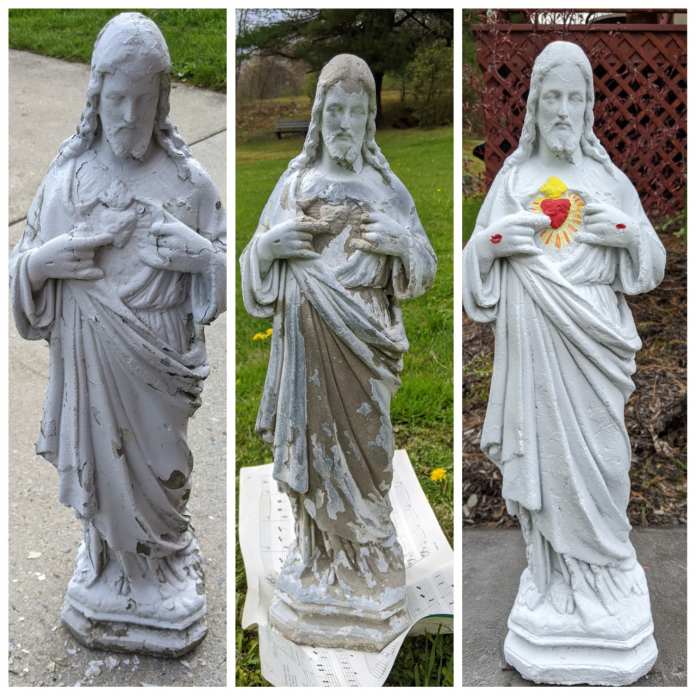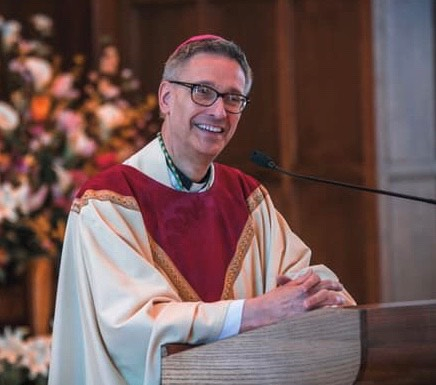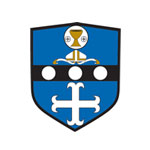Column by Jonathan Nagy
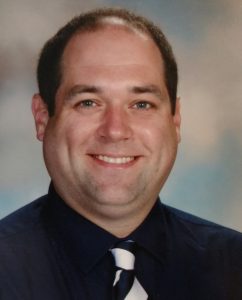 Everyone has heard the phrase, “Take time to stop and smell the roses.” I remember hearing that as a young boy and wondering, “Why in the world would anyone do that?” I had no concept of what that term meant, and to this day, even though I know the meaning, I struggle with its’ application.
Everyone has heard the phrase, “Take time to stop and smell the roses.” I remember hearing that as a young boy and wondering, “Why in the world would anyone do that?” I had no concept of what that term meant, and to this day, even though I know the meaning, I struggle with its’ application.
I’m sure I’m not the only person who has found a lot of spare time on my hands recently. I am used to a non-stop lifestyle, mostly dedicated to my work at Bishop Carroll and the Basilica of Saint Michael the Archangel. Sure, I enjoy many activities and hobbies outside of that work, but my drive and focus comes from the great wonders of our Catholic Schools and our Church. In that go-go pace of life, it can sometimes become difficult to truly appreciate the positives of life, or, in other words, to take time to smell the roses.
Recently, I was in my yard looking for some project to start. The grass had been cut, the driveway was swept, the car was washed, and it was too early to plant any flowers. I looked at the statue of the Most Sacred Heart of Jesus that resides in my flowerbed. I inherited this rather old statue from Father Eugene Jacobs when I moved into my house. Usually every year, I give it a quick coat of white spray paint and call it a day. This year, however, since I found myself with some extra time and no where to go, I decided to take the time and really work on the statue.
I grabbed a few tools and sat down in my yard and started working away. I scraped off layer after layer of paint, sanded down rough spots, and cleaned every inch of the statue. As I worked at the project, I prayed the Divine Mercy Chaplet, one of my favorite prayers, over and over in my head. While I have played and sung one musical setting of the Chaplet, I found several others on YouTube and played those as I worked. While doing this otherwise tedious and mundane task, I had a sudden revelation.
As I got to the section of Jesus’ heart with the sunbeams coming out of it, it became particularly difficult to chip away the years. How true this is for how we have affected the heart of Jesus! I began to relate the work I was doing to life. The more I scraped off of the statue’s heart, the more I felt like it was symbolism for asking God for repentance of sin and strengthening my relationship with Him. I felt pride and happiness as I prayed and chipped away years of paint and dirt. Looking at the cleaned statue felt like a relief in many ways. I had completed the physical aspect and entwined it with a spiritual aspect. I then painted the statue and added a few colors to accentuate the meaning of this powerful image. I even noticed once I scraped away the layers that the statue had the stigmata. When I was showing my neighbor, she said she had never noticed that on the statue.
When we look at the world today, it becomes very easy to get wrapped up in the negative. The news can be depressing, the hardships felt by everyone is overwhelming, and hope feels very far off. Despite all of that, the positives are just as obvious, if we take time to stop and smell the roses. Jesus never promised us an easy life. What he promised us was the chance to live a life devoted to goodness and righteousness, with a pathway towards Paradise. I can guarantee, if I didn’t have this extra time, I would not have reclaimed the statue!
I have seen so much good going on in the world. People are stepping up to help other people like never before. Compassion for neighbors, friends, and family is very inspiring. As we have continued online learning, I have tasked my classes with providing me with positive current events stories. Many of my students have found their way to the Good News Network (www.goodnewsnetwork.org) and have sent me countless articles of positivity. Yes, life has become completely disrupted and turned on its’ ear, but that doesn’t make the goodness that remains any less special.
In Matthew 22:36 one of the Pharisees asked Jesus, “What is the greatest commandment?” He thought he caught Jesus in a trap. Jesus’ response left everyone in awe. In verses 37-39, He exclaimed, “Love
the Lord your God with all your heart and with all your soul and with all your mind. This is the first and greatest commandment. And the second is like it: ‘Love your neighbor as yourself.’” I believe those commandments go hand in hand. You cannot love your God without loving your neighbor, and vice versa. We demonstrate our love for God by doing what we can for others.
I often try to conceptualize what the world would be like if everyone helped each other altruistically. I realize, though, that a movement like that has to start with myself. Anyone who knows me could repeat my favorite quote, “Be the change that you wish to see in the world.” Gandhi’s words speak to me and inspire me daily. I have those words several places around my house, in my classroom, and as the tagline on my email signature. It is a phrase that encompasses everything that Jesus spoke about when asked about the greatest commandments. Living that quote demonstrates love for God and for our neighbors. When those actions can be seen carried out in society, especially when the world is going through a tough time, then the roses we are stopping to smell become especially fragrant.
While this time away from public Mass and communal prayer has been difficult, it has also shown me the importance of strengthening my personal relationship with God. I long for the days of the return of public Masses, and I know I am not alone in feeling that way. My hope is that everyone comes back with even more love for God that before. I hope that everyone has taken some time to “scrape” the years off of the heart of Jesus. Once you do, you will realize how much space there is for you in that heart.
“O most sacred heart of Jesus, I place all my trust in thee. Let me never be put to shame!”
Jonathan Nagy, M.Ed., is the Director of Admissions and Social Studies teacher at Bishop Carroll Catholic High School in Ebensburg. He is also the Music Director at the Basilica of Saint Michael the Archangel in Loretto.
[Top photo: Three images of the progression of Jonathan Nagy’s restored Sacred Heart of Jesus statue.]


